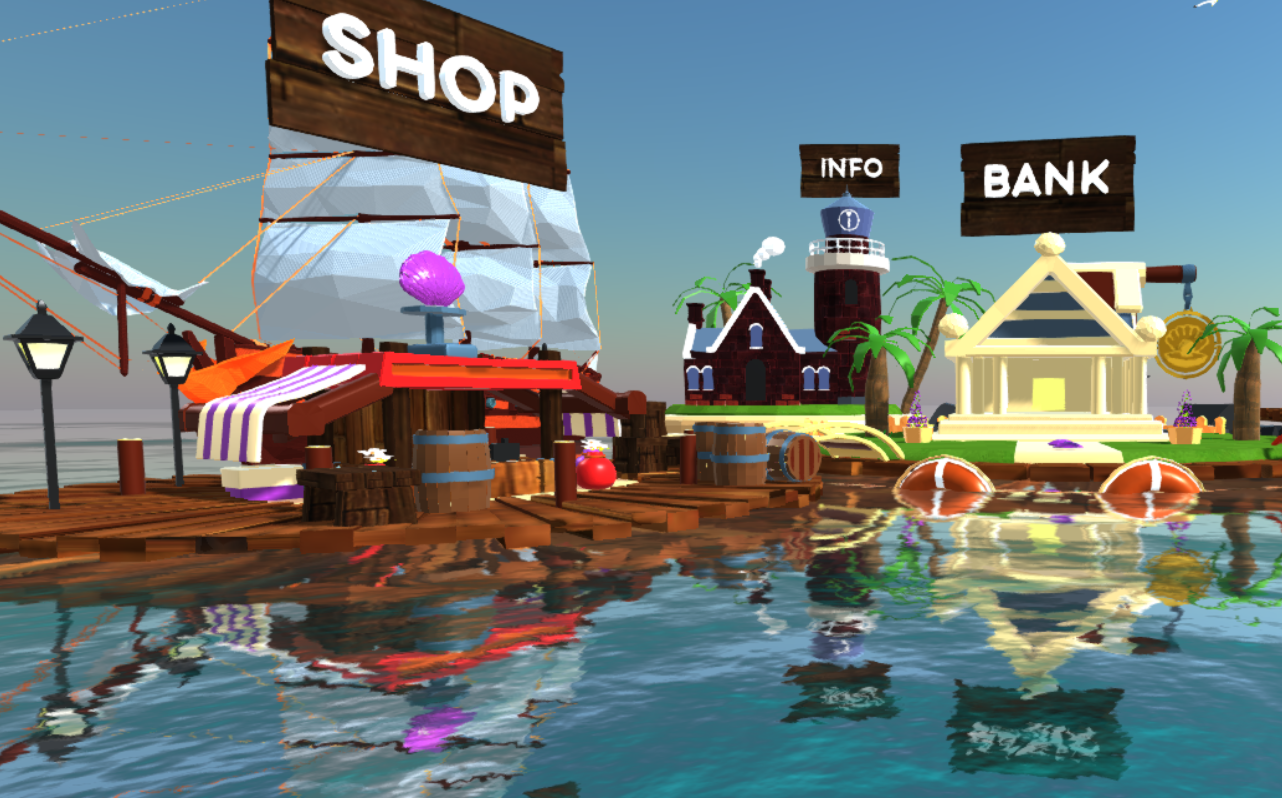GameFi is on-ramping thousands of participants who are using such platforms to make their first crypto purchase, says Simon Yi of Clam Island.
If poring over charts and data to manage your finances is a turn-off, you’re not alone. The same goes if you’ve thought of using crypto to earn double-digit yields. But you are intimidated by the complexity of using decentralized finance (DeFi) platforms.
These barriers to crypto entry are formidable. They have left a large number of curious voyeurs standing on the sidelines while a relatively small group of pioneers and skilful traders reap the rewards.
SponsoredGameFi can demystify crypto
Thankfully, that’s now starting to change due to the rapid growth of GameFi. GameFi can help people to demystify crypto finance through the intuitive, and visual world of gaming. GameFi can be the bridge that leads to much broader crypto adoption in the coming years. This is while giving people globally a first foot on the financial ladder.
GameFi’s unique selling proposition is simple – it’s fun. That’s a lot more than can be said for the seriousness of traditional finance and the complexity of DeFi. It also carries a particularly powerful appeal to the younger generation who have grown up playing games.
By setting game-play tasks – whether that is winning battles, mining precious resources, or caring for digital crops and creatures – GameFi ecosystems genuinely engage participants. And it can educate them on lending and borrowing strategies that can earn high returns.
DeFi without the pain
GameFi is essentially DeFi without the pain. DeFi comes with a lot of jargon and complicated transaction methods that can be anxiety-inducing and hard to grasp, even for financially literate investors. GameFi liberates users from that stress. It enables them to benefit from potentially high-profit strategies like yield farming. They can do this by having fun as they compete with other players and try to hit milestones.
GameFi also has a low entry cost when compared to DeFi. Such fees can quickly eat up funds through multiple transactions and high gas fees, on a blockchain like Ethereum. For a few hundred dollars or less on a blockchain like Binance (which is known for low transaction fees) you can enter a GameFi ecosystem and start playing to invest.

Gamifying finance
GameFi platforms have often used classic role-playing models to gamify finance in Web3. But newer tokenomics innovations have a lot more in common with the classic board game Monopoly.
Participants are effectively acting like real-estate developers. They are acquiring assets and then deploying them through strategies that earn income and add value. Unlike Monopoly, though, this isn’t a winner-takes-all deal. Each player is on their own journey to build their wealth based on a mix of skill, dedication and smarts.
To be sure, GameFi isn’t a risk-free proposition, just like any investment. Assets held by players are exposed to the same volatility that affects the broader crypto markets. They are also vulnerable to shifts in user trends favoring some games or blockchains over others. Participants should be prepared to lose some of their investment at first as they hone their skills and knowledge. And of course, the sector is not immune to rug-pulls by unscrupulous founders. This is a risk that was highlighted late last year when the Squid Game coin collapsed in a scam.
But that risk can be avoided by doing some basic due diligence on GameFi protocols before committing funds.
SponsoredSafer route
Ecosystems that are managed by a DAO and have identified founders with relevant experience to deliver on a project’s roadmap can help defray those risks. GameFi projects with a governance coin and a shared treasury can be a powerful way to create aligned incentives and avoid a rug-pull scenario as the community builds for its common good.

GameFi and wider adoption
The DeFi revolution mainly drew in existing crypto enthusiasts. But GameFi has the potential to spark the wide adoption the industry has been waiting for. GameFi is already on-ramping hundreds or thousands of participants. Many of these will be using such platforms to make their first crypto purchase.
Blockchain gaming activity rocketed 2,000% in the first quarter of this year compared to a year earlier, accounting for 52% of blockchain activity, according to a recent DappRadar report.
Sponsored SponsoredWhen we draw back the lens to look at the world beyond North America and Europe, the transformative potential of GameFi is even more dramatic. In less developed countries, where millions remain unbanked, the gamified experience is giving participants the chance to hold and develop their first financial asset of any kind.
In Southeast Asian countries like the Philippines, the huge popularity of GameFi is changing the old perception of video gamers from time-wasting layabouts to productive young entrepreneurs who are able to support their families through their online exploits.
That potential is one reason why we’re still extremely early in the GameFi story.
About the author

Simon Yi is the Chief Growth Officer of Clam Island, an immersive gamified way of earning returns in decentralized finance.
Got something to say about GameFi or anything else? Write to us or join the discussion in our Telegram channel. You can also catch us on Tik Tok, Facebook, or Twitter.

